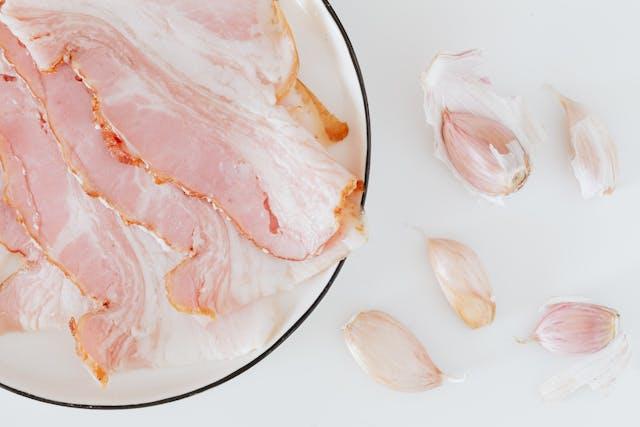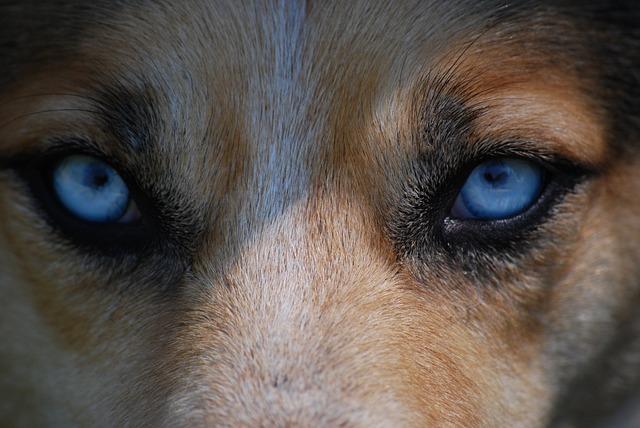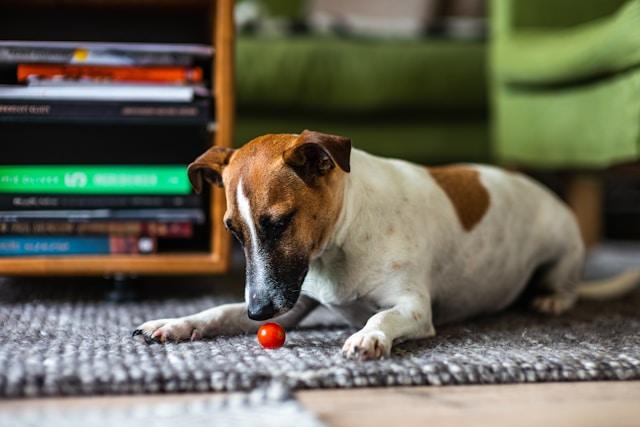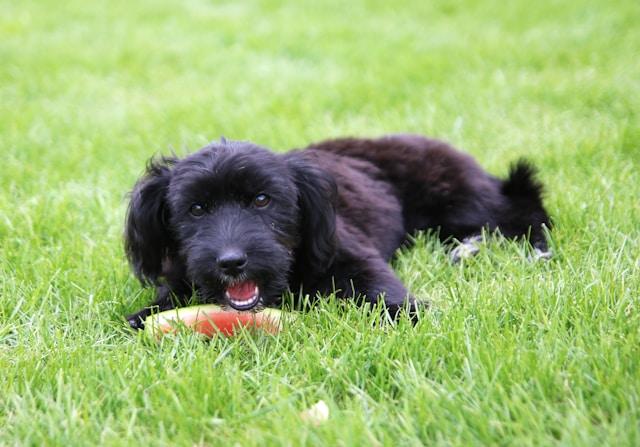Have you ever wondered if dogs can eat raw bacon? Generally, it is not safe for dogs to eat raw bacon.
The Risks of Feeding Raw Bacon to Dogs
Raw bacon is not recommended for dogs due to several health risks associated with raw pork and the high fat content of bacon. Here’s a closer look at why raw bacon is a poor choice for your dog’s diet:
- Parasites and Bacteria: Raw pork, including bacon, can harbor parasites like Trichinella spiralis (trichinosis) and bacteria such as Salmonella and Listeria. These organisms can cause serious illness in dogs, leading to symptoms like vomiting, diarrhea, fever, and even more severe complications.
- High Fat Content: Bacon is very high in fat, which can be difficult for dogs to digest. Regular consumption of high-fat foods like bacon can lead to pancreatitis, a painful and potentially life-threatening condition in dogs.
- Salt and Preservatives: Bacon contains high levels of sodium and preservatives, which are not suitable for dogs. Excessive salt intake can lead to increased thirst, urination, and even sodium ion poisoning in severe cases.
Safer Dietary Options for Dogs

Instead of raw bacon, consider safer, healthier alternatives for treating your dog:
- Cooked Lean Meats: Plain, cooked meats like chicken, turkey, or lean beef are much safer for dogs when served without added seasonings or sauces.
- Commercial Dog Treats: Choose high-quality commercial treats that are formulated specifically for dogs.
Preparing Safe Treats for Your Dog
If you want to include meat in your dog’s treats, here’s how to do it safely:
- Fully Cook: Always cook meat thoroughly to kill any harmful pathogens.
- No Seasonings: Cook meat without any garlic, onions, or heavy spices, which can be toxic to dogs.
- Moderation: Treats should only make up a small portion of your dog’s overall diet.
What should I do if my dog eats raw bacon?
If your dog eats raw bacon, here are the steps you should follow to ensure their safety and health:
- Monitor for Symptoms: Watch for signs of illness such as vomiting, diarrhea, lethargy, or abdominal pain.
- Check for Immediate Reactions: Look for immediate reactions like increased thirst, urination, or tremors, which could indicate salt poisoning.
- Limit Further Intake: Prevent your dog from accessing more raw bacon or other harmful foods.
- Provide Water: Ensure your dog has access to plenty of fresh water to help process any excess salt.
- Contact Your Veterinarian: If your dog shows any symptoms or if you have concerns, call your veterinarian for advice.
- Follow Veterinary Advice: Adhere to your veterinarian’s instructions, which may include bringing your dog in for treatment such as fluids or medications.
Conclusion
Raw bacon is not a safe or healthy choice for dogs due to the risk of parasites, bacterial infections, and its high fat and salt content.
Opt for safer, more suitable treat options that cater to your dog’s nutritional needs without posing unnecessary risks.
For the safety and health of your furry friend, always choose dog-appropriate foods and consult your vet when considering significant changes to their diet.






